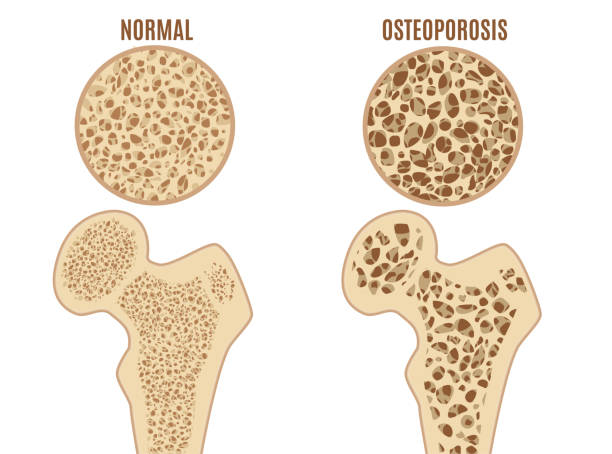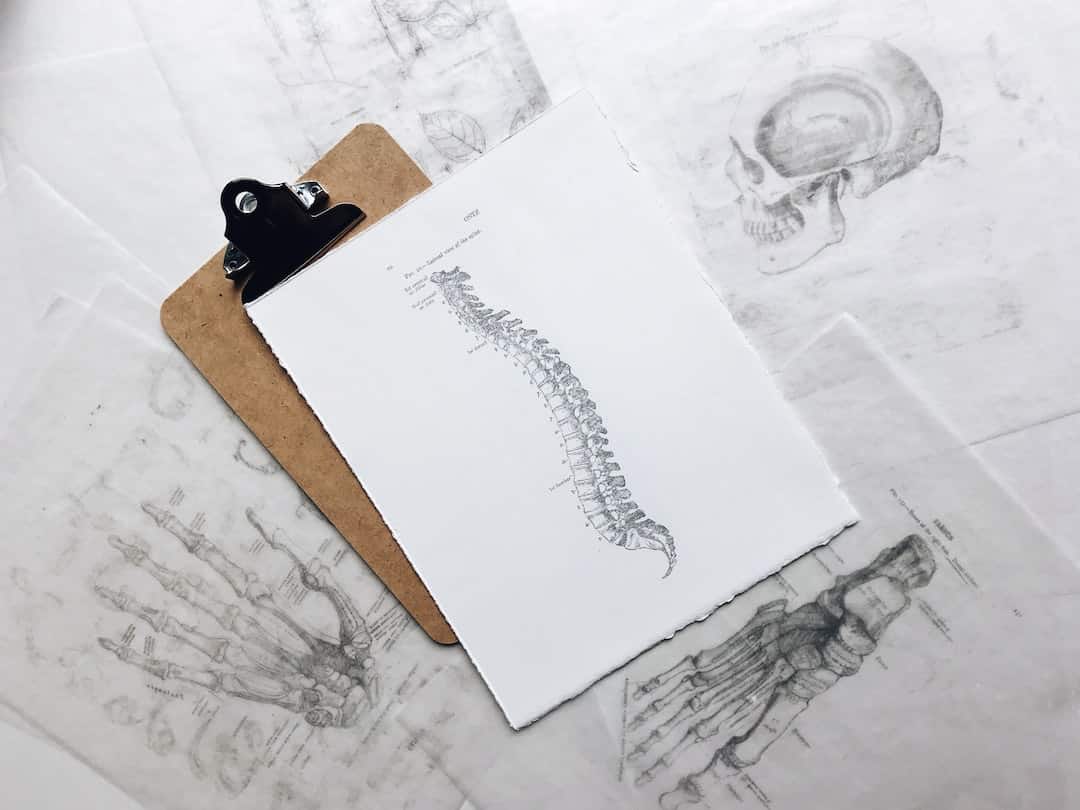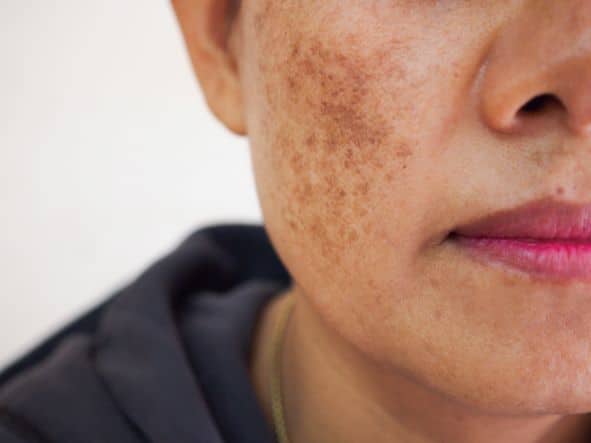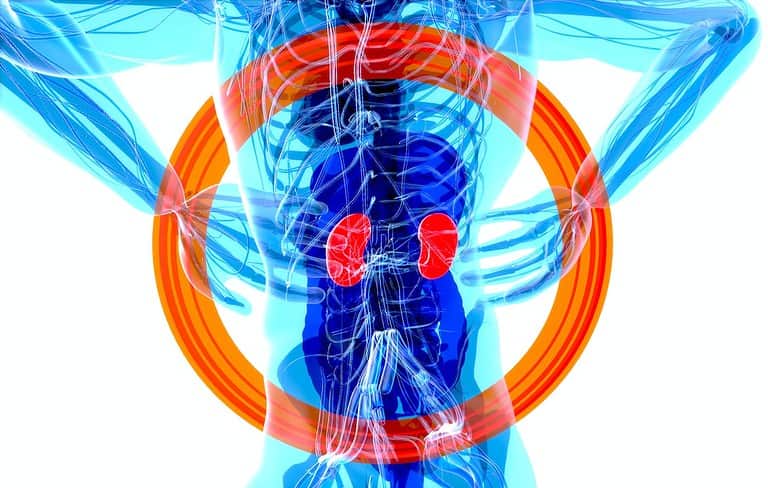Can Red Light Therapy Help Osteoporosis? RLT Benefits
Can red light therapy help osteoporosis patients? Osteoporosis can cause pain, fatigue, and an increased risk of fractures – but is there hope in the form of red light therapy? Recent research has indicated that Red Light Therapy may offer hope for those with osteopenia or osteoporosis.
In this blog post, we’ll explore the potential benefits, research on its effectiveness, and best practices when using Red Light Therapy to manage symptoms associated with these conditions. We’ll also answer the big question: can red light therapy help osteoporosis?
Table of Contents
Red Light Therapy for Osteoporosis
Osteoporosis is a disorder that leads to weakened bones and the destruction of bone material, causing fractures. Red light therapy has shown to support osteoporosis by stimulating energy production in the bone cells, improving blood vessel formation and circulation, regulating inflammation, and increasing natural collagen production while enhancing the growth of bone cells. This section will explore how red light therapy can help manage osteoporosis.
Osteoporosis is a disease characterized by weak bones due to decreased mineral density resulting in an increased risk of fractures. Older individuals may be more vulnerable to the condition due to their diminished capacity for extracting calcium from nutrition or dietary supplements. Symptoms may include back pain, stooped posture, fractures caused by minor falls or trauma, loss of height over time, and aching joints.

(Source)
Red light therapy may be a viable, natural alternative for those with osteoporosis, potentially boosting bone density and circulation and reducing pain associated with the condition. Moving on, let’s look at how can red light therapy help osteoporosis along with the potential risks of using red light therapy for treating osteoporosis.
Benefits of Using Red Light Therapy for Osteoporosis
Studies have shown how can red light therapy help osteoporosis, with improved bone density and increased blood circulation observed. Red light therapy is a form of low-level laser or near-infrared light therapy that stimulates the body’s natural healing processes by delivering concentrated natural light to specific areas of the body. This treatment can help reduce pain associated with fractures and broken bones while improving bone health overall.
The resulting increase in calcium deposition means denser bones are less prone to fracture or breakage. In addition, red light therapy can help reduce oxidative stress on existing bones due to its anti-inflammatory properties; this makes it beneficial for preventing further damage and aiding recovery from existing injuries or fractures.
Red light therapy enhances blood flow around affected areas, expediting the healing and providing better nutrient delivery throughout the body. Red light therapy has been proven effective in improving vascularization, reducing inflammation, and promoting collagen production for conditions such as osteoporosis.
Finally, one benefit of red light therapy for treating osteoporosis is reduced pain levels. Studies have shown that exposure over time can significantly decrease the discomfort associated with fractures and other bone injuries without any side effects often seen with traditional treatments such as medications or surgery. Thus, if you’re looking for a safe way to manage your symptoms while improving your overall bone health, look no further than red light therapy – it’s a surefire way to get back on track toward healthier living.
Exploring the advantages of how can red light therapy help osteoporosis provides positive outcomes, such as increased bone density, improved blood flow, and diminished discomfort. Let’s now explore the evidence to support its use for treating osteoporosis.
Research on the Effectiveness of Red Light Therapy for Treating Osteoporosis
Red light therapy has been studied extensively in animal models to determine its effectiveness in treating osteoporosis. In a study involving near-infrared laser stimulation of bone cells, researchers found that it increased the expression of genes associated with improved bone health. The results showed that red light therapy could be good for increasing bone density and reducing oxidative stress in animals with osteopenia or osteopericarditis.
 (Source)
(Source)
Additionally, another study looked at the healing effects of red light therapy on fractured bones in rabbits. Investigations lasting four weeks of red light therapy resulted in a heightened capacity for tissue formation at the fracture site compared to animals not exposed to any treatment.
Studies into the efficacy of red light therapy for managing osteoporosis continue, but thus far appear to demonstrate encouraging outcomes. Best practices when using this treatment should be followed closely to ensure maximum benefit and safety.
Best Practices When Using Red Light Therapy For Managing Symptoms Of Osteopenia/Osteoporosis
Red light therapy may be a viable approach for addressing the signs of osteopenia and osteoporosis, with the potential to be secure and effective.
Consulting with a medical professional before beginning treatment using red-light therapy is recommended, as they can provide guidance on whether it’s suitable for you and how often treatments should be done to obtain desired results. This will help ensure that the best possible outcome is achieved through these devices.
Following the manufacturer’s instructions is also essential when using red-light therapies because incorrect usage could lead to injury or even worse health complications if not done. Strict adherence to the manufacturer’s directions is optimal for avoiding potential harm.
Maintaining consistency with treatments is paramount to the desired results from red-light therapies over time; irregularity may lead to undesired outcomes or no effect due to insufficient exposure over prolonged periods, rendering such sessions futile. Therefore, regular intervals between sessions must be made to maximize benefits while avoiding squandering money spent on these services.
Consistency is key in achieving the desired results on how can red light therapy help osteoporosis over time; irregularity may lead to undesired outcomes or no effect due to insufficient exposure over prolonged periods, rendering such sessions futile.
FAQs in Relation to Can Red Light Therapy Help Osteoporosis
Does red light therapy work for osteoporosis?
The effectiveness of red light therapy for osteoporosis is still under debate. Some studies have indicated the potential benefits of red light therapy for improving bone mineral density, yet more research is required to confirm its efficacy in treating osteoporosis. Although red light therapy has been used to treat other medical conditions like skin healing and pain relief with positive results, further investigation into its potential use for treating osteoporosis is needed.
Does infrared light help with osteoporosis?
No, infrared light does not help with osteoporosis. Bone weakening and brittleness due to low bone mass or mineral content in the body is known as osteoporosis. Infrared light has been studied for its potential benefits in reducing inflammation, increasing circulation, and improving skin health; however, it has not been shown to have any effect on treating or preventing osteoporosis.
Does infrared light help with bone healing?
Infrared light has been studied for its potential to promote bone healing. Studies have indicated that infrared light may be able to encourage the generation of fresh blood vessels and collagen fibers in bones, potentially aiding healing. However, more research is needed to determine whether or not infrared light can definitively aid in bone healing.
Conclusion
Several research on how can red light therapy help osteoporosis have shown that using this method can help reduce symptoms of osteopenia/osteoporosis or even prevent further bone density loss. However, it is essential to consult with a physician before starting any treatment program and be aware of the potential hazards of red light therapy. Ultimately, it is the responsibility of each individual to determine if red light therapy will be an effective means for managing their condition.
Take the first step towards better health and independence by learning more about how red light therapy can help improve your bone density and reduce the risk of osteoporosis. Start living smarter today with our comprehensive resources on wellness, self-care, and smart living now!







